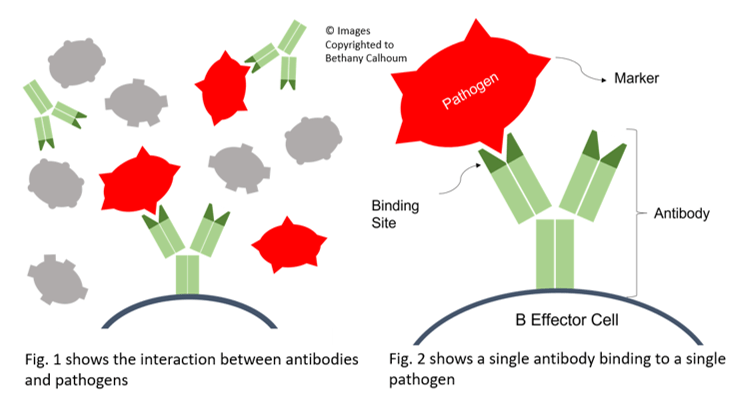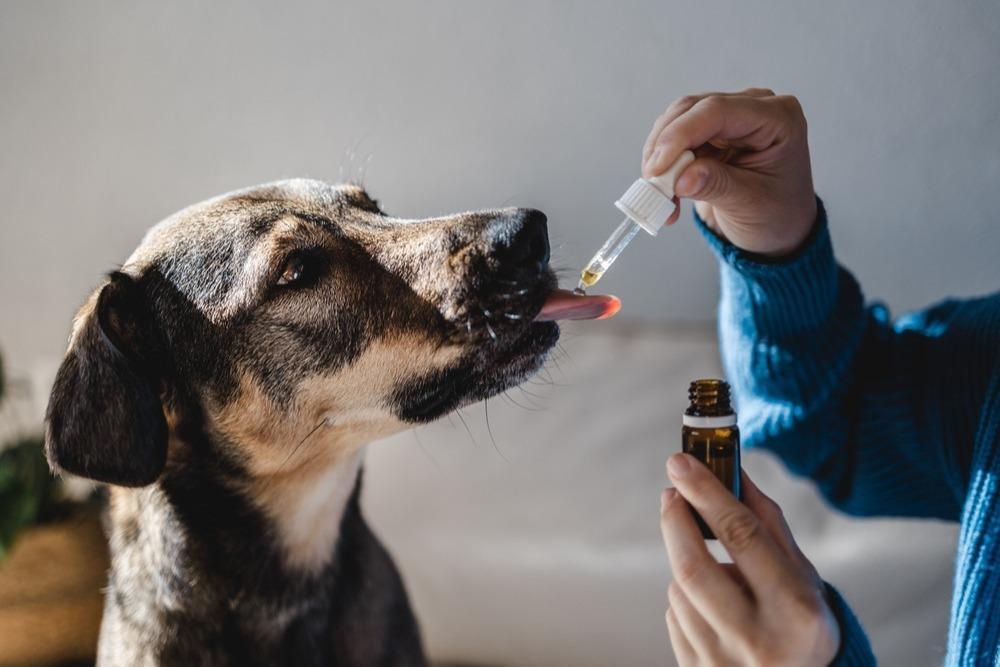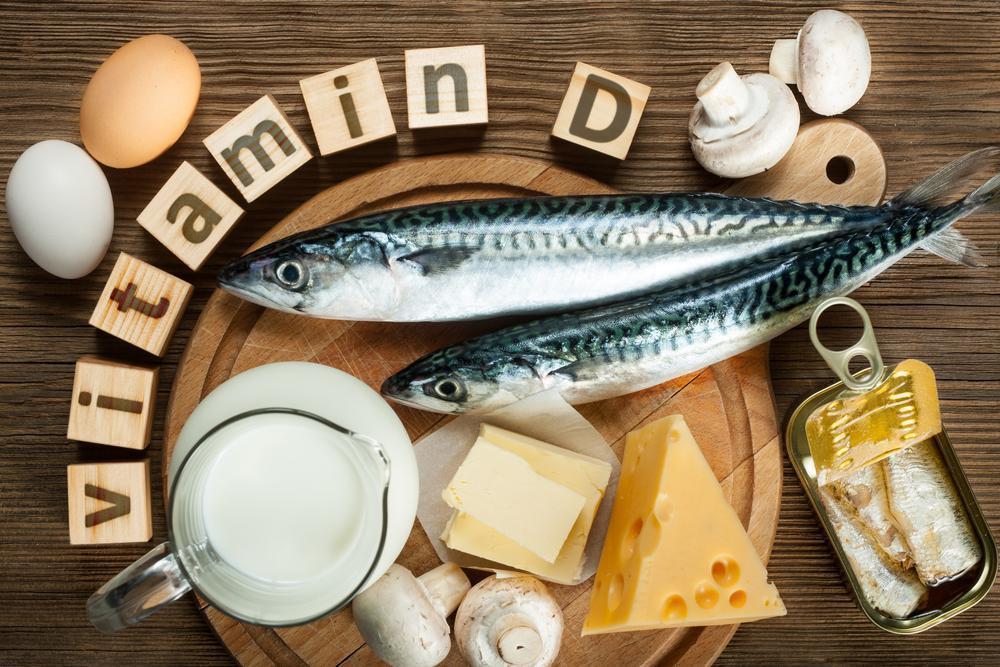-
£29.99£29.99£119.00£19.99£6.99
Cart
8
Cart
8


 Read Now
Read Now
 Read Now
Read Now
 Read Now
Read Now
 Read Now
Read Now
 Read Now
Read Now
 Read Now
Read Now
 Read Now
Read Now
 Read Now
Read Now
 Read Now
Read Now
 Read Now
Read Now
 Read Now
Read Now
-
£29.99£29.99£119.00£19.99£6.99

Do Herbs Have a Place in Canine Osteoarthritis?
- May 3, 2022
- 4 mins 35 secs
Osteoarthritis is a common clinical and pathological endpoint from a range of joint disorders that ultimately lead to structural and functional decline of the joint with associated lameness and pain.
A multimodal approach is necessary to support your dog who sadly suffers with osteoarthritis, but we thought we’d take a look at the evidence for any herbs that have supported this chronic condition.
Osteoarthritis, also referred to as osteoarthrosis or degenerative joint disease, is a disease of the entire joint organ, including all its associated tissues, but is most frequently associated with the loss and dysfunction of articular cartilage.
Risk Factors for Osteoarthritis:
In humans, reported risk factors for the development of osteoarthritis are both systemic and local causes including genetics, age, sex, obesity, previous joint trauma, along with underlying diseases such as cruciate ligament rupture.
Recent literature has indicated that up to 20% of dogs over 1 years old suffer with osteoarthritis.
Findings Here
Secondary osteoarthritis, where underlying disease processes or injuries play a role in the development of osteoarthritis, is believed to be the most common form in dogs.
Secondary osteoarthritis is considered to have a genetic component exacerbated through aspects of lifestyle that impact body condition, such as diet and exercise.
Disease processes and pre-existing conditions often influence the development, for example cruciate ligament disease is a common cause of pelvic limb lameness and can result in osteoarthritis development in breeds of all sizes. In addition, dysplasia, commonly occurring in the hip or elbow, describes the failure of normal joint formation during development and can lead to joint conditions causing pain and lameness, and can subsequently progress to osteoarthritis.
To understand if any herbs could support this condition, we first need to establish its pathology.
In addition, there is an increase in pro-inflammatory mediators which promote immune responses, increase oxidative stress, inhibit collagen and proteoglycan synthesis, and diminish chondrocyte proliferation. Furthermore, MMPs are produced which induces the degradation of articular cartilage.
For the most part, these changes result in pain, joint stiffness, loss of flexibility, tenderness, grating sensation, bone spurs and swelling.
If we are to support this condition, we are looking to modulate inflammation, tackle increased oxidative stress and support the synthesis of those compromised compounds where possible. In turn, we are looking for a reduction in pain and symptoms with an improved quality of life.
One clinical trial found that oral supplementation of Boswellia extract for more than 4 months significantly improved physical function by reducing pain and stiffness in OA patients compared to placebo, without causing serious adverse events.
Majeed et al. found that OA patients receiving oral B. serrata extract for 8 weeks demonstrated significant improvement in their Visual Analog Scale (VAS), Japanese Knee Osteoarthritis Measure (JKOM), and their Western Ontario and McMaster Universities Osteoarthritis Index (WOMAC) scores in comparison to placebo.
Findings Here
Curcumin, a polyphenol extract of turmeric, is well known for its anti-inflammatory and antioxidant effects, and it has a long history of use in traditional Chinese and Ayurvedic medicine.
Treatment with Curcuma has been found to strongly inhibit the production of inflammatory mediators.
Researchers have demonstrated that human patients randomized to Curcuma domestica trails experienced significant improvement in Western Ontario and McMaster Universities Osteoarthritis Index scores in comparison to baseline over a 4-week period and less abdominal pain and discomfort compared to ibuprofen.
Findings Here
Another human trial demonstrated that curcumin had comparable efficacy, but better safety and fewer adverse effects than diclofenac.
Findings Here
Withania somnifera extract has been shown to slow the degradation of bovine Achilles tendon type I collagen by inhibiting the activity of collagenase.
Treatment with W. somnifera has also decreased swelling, redness, deformity, and ankylosis in a collagen-induced arthritis rat model.
It has been demonstrated that an aqueous extract of W. somnifera showed a significant chondroprotective effect on damaged human OA cartilage via diminishing the gelatinase activity of collagenases.
In a 12-week human clinical trial, treatment with W. somnifera extract was associated with significant reductions in the mean WOMAC and Knee Swelling Index in comparison to baseline and placebo. A significant reduction in scores for pain, stiffness, and disability was also observed.
Findings Here
Several clinical trials have been performed to assess the effects of ginger on OA pain-relief.
Researchers have found that patients treated with ginger extract had lower VAS scores and gelling or regressive pain compared to placebo.
Another study revealed that ginger extract was associated with reducing knee pain and WOMAC indices, although it was associated with gastrointestinal side effects.
Further researchers have suggested that topical ginger extract significantly improved knee pain, stiffness, physical function, and patient global assessments following 12 weeks of knee OA treatment.
Supplementation with boswellia combined with N-acetyl-D-glucosamine and ginger for 6 months, was found to significantly improve pain-free walking distance and WOMAC signs/symptoms for patients with moderate knee OA in comparison to standard OA management.
Boswellic acid combined with methylsulfonymethane (MSM) has been found to improve knee OA pain management and functional recovery along with reduced intake of anti-inflammatory drugs.
In a 3-month randomized, placebo-controlled trial comparing the efficacy of curcumin and boswellic acid alongside curcumin and a placebo, the combination of curcumin with boswellic acid significantly improved physical performance tests and WOMAC joint pain indices compared to curcumin and placebo.
We are huge advocates for a multi-modal approach to supporting your dog, if you would like any support on your journey, then please check out our services.
Thanks for reading,
MPN Team
A multimodal approach is necessary to support your dog who sadly suffers with osteoarthritis, but we thought we’d take a look at the evidence for any herbs that have supported this chronic condition.
What is Osteoarthritis?
Osteoarthritis, a common pain-causing condition of synovial joints, affects millions of human and non-human animals worldwide. These non-human animals include our trusty dogs.
Osteoarthritis, also referred to as osteoarthrosis or degenerative joint disease, is a disease of the entire joint organ, including all its associated tissues, but is most frequently associated with the loss and dysfunction of articular cartilage.
Risk Factors for Osteoarthritis:
In humans, reported risk factors for the development of osteoarthritis are both systemic and local causes including genetics, age, sex, obesity, previous joint trauma, along with underlying diseases such as cruciate ligament rupture.
Recent literature has indicated that up to 20% of dogs over 1 years old suffer with osteoarthritis.
Findings Here
Primary Vs. Secondary Osteoarthritis
Primary osteoarthritis is described as largely idiopathic but can be associated with several risk factors including aging and obesity.
Secondary osteoarthritis, where underlying disease processes or injuries play a role in the development of osteoarthritis, is believed to be the most common form in dogs.
Secondary osteoarthritis is considered to have a genetic component exacerbated through aspects of lifestyle that impact body condition, such as diet and exercise.
Disease processes and pre-existing conditions often influence the development, for example cruciate ligament disease is a common cause of pelvic limb lameness and can result in osteoarthritis development in breeds of all sizes. In addition, dysplasia, commonly occurring in the hip or elbow, describes the failure of normal joint formation during development and can lead to joint conditions causing pain and lameness, and can subsequently progress to osteoarthritis.
To understand if any herbs could support this condition, we first need to establish its pathology.
The Pathology of Osteoarthritis
Osteoarthritis is characterised by joint cartilage degeneration, changes in the underlying bone and synovitis.
In addition, there is an increase in pro-inflammatory mediators which promote immune responses, increase oxidative stress, inhibit collagen and proteoglycan synthesis, and diminish chondrocyte proliferation. Furthermore, MMPs are produced which induces the degradation of articular cartilage.
For the most part, these changes result in pain, joint stiffness, loss of flexibility, tenderness, grating sensation, bone spurs and swelling.
If we are to support this condition, we are looking to modulate inflammation, tackle increased oxidative stress and support the synthesis of those compromised compounds where possible. In turn, we are looking for a reduction in pain and symptoms with an improved quality of life.
Herbs for Osteoarthritis (OA) in Dogs
Boswellia spp.
Boswellia, also known as frankincense, has been used for centuries in traditional Ayurvedic medicine. This herb exhibits anti-inflammatory activity.
One clinical trial found that oral supplementation of Boswellia extract for more than 4 months significantly improved physical function by reducing pain and stiffness in OA patients compared to placebo, without causing serious adverse events.
Majeed et al. found that OA patients receiving oral B. serrata extract for 8 weeks demonstrated significant improvement in their Visual Analog Scale (VAS), Japanese Knee Osteoarthritis Measure (JKOM), and their Western Ontario and McMaster Universities Osteoarthritis Index (WOMAC) scores in comparison to placebo.
Findings Here
Curcuma spp.
Roots of Curcuma are used as a spice commonly known as turmeric.
Curcumin, a polyphenol extract of turmeric, is well known for its anti-inflammatory and antioxidant effects, and it has a long history of use in traditional Chinese and Ayurvedic medicine.
Treatment with Curcuma has been found to strongly inhibit the production of inflammatory mediators.
Researchers have demonstrated that human patients randomized to Curcuma domestica trails experienced significant improvement in Western Ontario and McMaster Universities Osteoarthritis Index scores in comparison to baseline over a 4-week period and less abdominal pain and discomfort compared to ibuprofen.
Findings Here
Another human trial demonstrated that curcumin had comparable efficacy, but better safety and fewer adverse effects than diclofenac.
Findings Here
Withania somnifera
Withania somnifera (Ashwagandha) is an Ayurvedic medicine known for its anti-inflammatory and analgesic effects.
Withania somnifera extract has been shown to slow the degradation of bovine Achilles tendon type I collagen by inhibiting the activity of collagenase.
Treatment with W. somnifera has also decreased swelling, redness, deformity, and ankylosis in a collagen-induced arthritis rat model.
It has been demonstrated that an aqueous extract of W. somnifera showed a significant chondroprotective effect on damaged human OA cartilage via diminishing the gelatinase activity of collagenases.
In a 12-week human clinical trial, treatment with W. somnifera extract was associated with significant reductions in the mean WOMAC and Knee Swelling Index in comparison to baseline and placebo. A significant reduction in scores for pain, stiffness, and disability was also observed.
Findings Here
Ginger
The anti-inflammatory activities of ginger have been widely investigated in patients as well as in vitro and in vivo models.
Several clinical trials have been performed to assess the effects of ginger on OA pain-relief.
Researchers have found that patients treated with ginger extract had lower VAS scores and gelling or regressive pain compared to placebo.
Another study revealed that ginger extract was associated with reducing knee pain and WOMAC indices, although it was associated with gastrointestinal side effects.
Further researchers have suggested that topical ginger extract significantly improved knee pain, stiffness, physical function, and patient global assessments following 12 weeks of knee OA treatment.
What happens when we combine herbs and supplements?
There is evidence of synergistic effects when different herbs are combined, including improvement in therapeutic outcomes and safety.
Supplementation with boswellia combined with N-acetyl-D-glucosamine and ginger for 6 months, was found to significantly improve pain-free walking distance and WOMAC signs/symptoms for patients with moderate knee OA in comparison to standard OA management.
Boswellic acid combined with methylsulfonymethane (MSM) has been found to improve knee OA pain management and functional recovery along with reduced intake of anti-inflammatory drugs.
In a 3-month randomized, placebo-controlled trial comparing the efficacy of curcumin and boswellic acid alongside curcumin and a placebo, the combination of curcumin with boswellic acid significantly improved physical performance tests and WOMAC joint pain indices compared to curcumin and placebo.
We are huge advocates for a multi-modal approach to supporting your dog, if you would like any support on your journey, then please check out our services.
Thanks for reading,
MPN Team
Customer Reviews
Explore related products
Related articles

Dietary NeedsDisease ManagementArthritisAutoimmunity
All You Need to Know About Exocrine Pancreatic Insufficiency
Feb 22 2024
•
10 mins 20 secs

Dietary NeedsDisease ManagementArthritisAutoimmunity
The Ultimate Guide to Graves Disease in Pets
Nov 30 2023
•
11 mins

Dietary NeedsDisease ManagementArthritisAutoimmunity
The Low Down on Keratosis
Oct 05 2023
•
4 mins 45 secs

Dietary NeedsDisease ManagementArthritisAutoimmunity
5 Cornerstones of Immunity for your Pet
Jun 15 2023
•
6 mins

Dietary NeedsDisease ManagementArthritisAutoimmunity
The Lowdown on Diabetes
Jun 08 2023
•
5 mins 40 secs

Dietary NeedsDisease ManagementArthritisAutoimmunity
2 Types of Autoimmune Arthritis
Mar 01 2023
•
5 mins

Dietary NeedsDisease ManagementArthritisAutoimmunity
The Connection Between Leaky Gut and Autoimmunity – Part 2
Jan 18 2023
•
7 mins 30 secs

Dietary NeedsDisease ManagementArthritisAutoimmunity
The Connection Between Leaky Gut and Autoimmunity – Part 1
Jan 18 2023
•
4 mins

Dietary NeedsDisease ManagementArthritisAutoimmunity
Guide to Laryngeal Paralysis
Jan 11 2023
•
8 mins 40 secs

Dietary NeedsDisease ManagementArthritisAutoimmunity
Do Herbs Have a Place in Canine Osteoarthritis?
May 03 2022
•
4 mins 35 secs

Dietary NeedsDisease ManagementArthritisAutoimmunity
The Importance of Vitamin D for Cats and Dogs
Sep 15 2020
•
9 min read
✕












